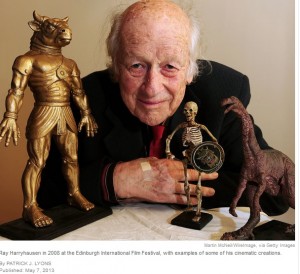Dear Commons Community,
This past weekend, faculty and scholars struck back at the unbridled enthusiasm for technology that is intruding many aspects of our personal and professional lives. As reported in The Chronicle of Education:
“Companies, colleges, and columnists gush about the utopian possibilities of technology. But digital life has a bleaker side, too. Over the weekend, a cross-disciplinary group of scholars convened here to focus attention on the lesser-noticed consequences of innovation.
Surveillance. Racism. Drones. Those were some of the issues discussed at the conference, which was called “The Dark Side of the Digital” and hosted by the University of Wisconsin at Milwaukee’s Center for 21st Century Studies. (One speaker even flew a small drone as a visual aid; it hit the classroom ceiling and crashed.)
After a week of faculty backlash against online education, including the refusal of San Jose State University professors to teach a Harvard philosophy course offered via edX, the down sides of digital learning emerged as a hot topic, too.
In a talk dubbed “Courseware.com,” Rita Raley, an associate professor of English at the University of California at Santa Barbara, described how societal and technological changes had “reconditioned the idea of the university into that of an educational enterprise that delivers content through big platforms on demand.”
On MOOCs:
“The conference’s organizer, Richard Grusin, a scholar of new media, worried about the potentially “dire” consequences of massive open online courses, known as MOOCs.
Education, Mr. Grusin said in an interview, is about teaching people how to think, how to question, how to sit in a room with someone and express a different opinion. Equating it with simple content delivery “denudes” what it means to teach and learn, in his view.
What’s more, when colleges start to award credit for MOOCs serving thousands of students, the result could be a reduction in the need for faculty members to teach those courses, said Mr. Grusin, a professor of English at UW-Milwaukee with a history of tech experimentation. Much of that reduction, he added, would hit teaching assistants. Rather than teaching their own sections or classes, they may find themselves managing online discussions.
Online courseware could create inequalities among colleges, Mr. Grusin added, as he and other professors discussed Ms. Raley’s talk over lunch. “Power gets aggregated by elite universities,” he argued. “Because it’s not San Jose State professors or UW-Milwaukee professors sending their lectures to Harvard students. It’s Harvard professors sending their lectures here. And so, not only is there already a built-in inequality, but this technology is going to enable that to be multiplied and leveraged, to even create a further inequality.”
It seems we here at CUNY should consider such a conference or at least raise these issues in an appropriate forum.
Tony



